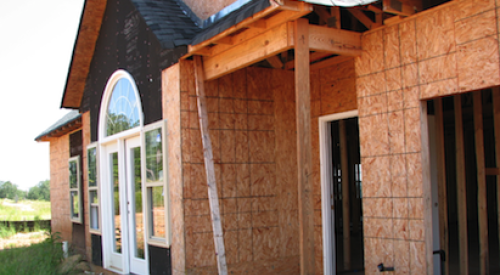|
Southern California-based Forecast Homes has been in the home building industry for nearly 30 years. During that time, it has built more than 25,000 homes throughout California and Arizona.
While those numbers speak to the company’s success, in its 30 years Forecast Homes has come across some difficult projects -- those that sell slowly because market conditions change or one aspect of the market is inadvertently overlooked in the planning and research. It’s in these instances that Forecast swallows its pride. "It’s not easy for professionals to concede they have misread the market," says Michael Dwight, Forecast’s vice president/sales and marketing. "But a problem can’t be solved until it is acknowledged."
Once that hurdle is overcome, the next step is to define the problem. Over the years, Forecast Homes has encountered marketing challenges at several of its new home communities. In each case, solving the problem took a reexamination of the marketing plan.
A familiar situation to any California home builder is a market shift while a neighborhood is being built. When this happens, it is not practical to change the entire product; the approval process takes too long and the costs are too high, says Dwight. "We found that modifying the product is the best approach in solving the problem -- add extra standard features, such as lofts, bonus rooms and super family rooms, to the newer floor plans within certain communities to meet market demands. This broadened our offerings, while keeping some of the previous product for those buyers who wanted it. We regained sales velocity in the marketplace, while maintaining an acceptable price point."
Another marketing problem occurs when a builder’s market share is cut by an aggressive competitor new to the area. Forecast Homes encountered this scenario at one of its new home communities in the Antelope Valley area of California. The company had been number one in the market, but its position dropped once a competing home community opened for sales.
"We were offering a turnkey product; our options were included in the price of the home, while our competitor offered homes at a lower cost with options at extra cost to the buyer," explains Dwight. "To regain our share of the market, we had to reposition our product.." Forecast trained its salespeople to rethink their oral sales approach.
"Our sales staff started asking every customer, ‘When you come home from work, do you want to turn on the TV, put up your feet and relax? Or do you want to head down to the home center to buy the materials you’ll need to build that kitchen island that’s not included in the homes down the street?’ Buyers immediately understood the value proposition."












